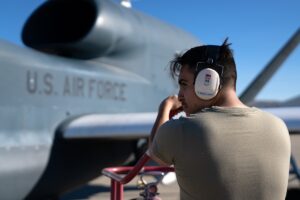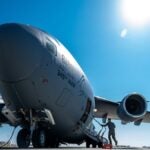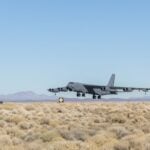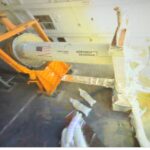
A Space Based Radar providing ground moving target indication (GMTI) could help sew up intelligence and targeting gaps that DoD faced during Operation Inherent Resolve (OIR) against ISIS in Syria and Iraq, a top U.S. Air Force official said on May 17. "We need to start to TTX [table top exercise] what it is that the [Space Based Radar] constellation, that entire enterprise, might look like in the 2027-2028 timeframe," Air Force Lt. Gen. Leah Lauderback, the service's deputy chief…














